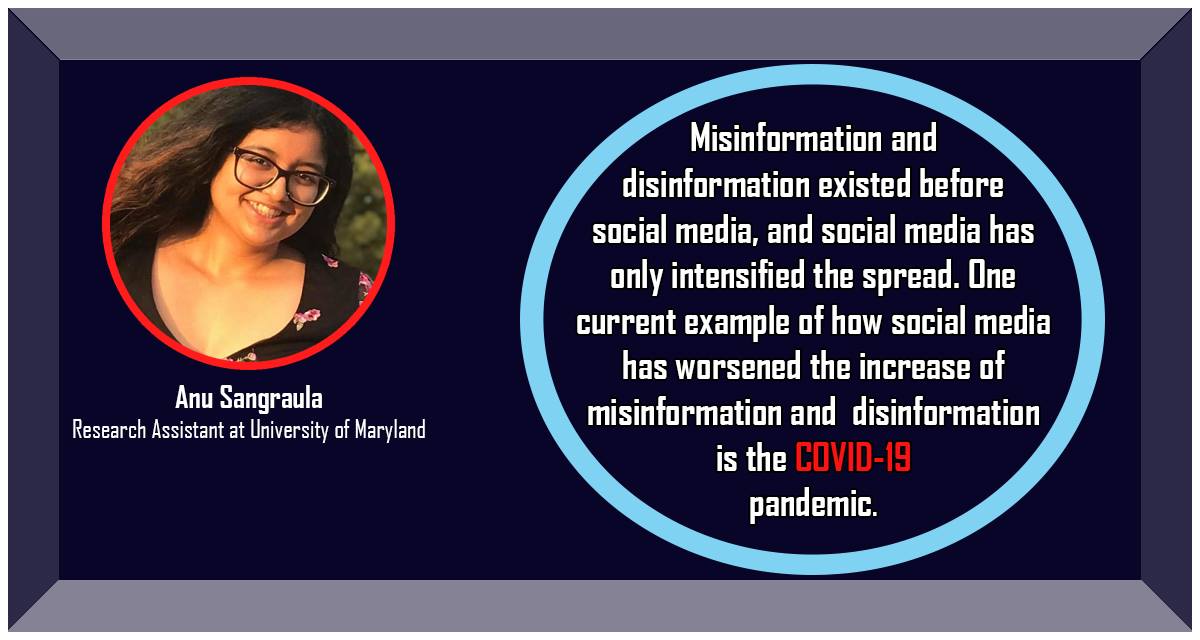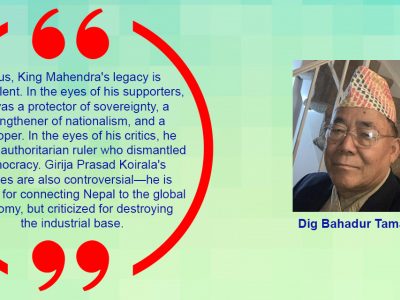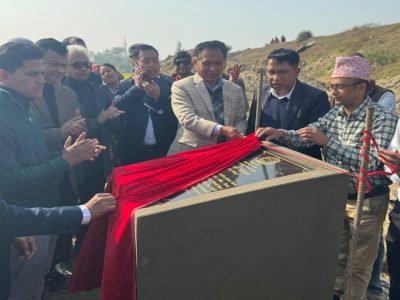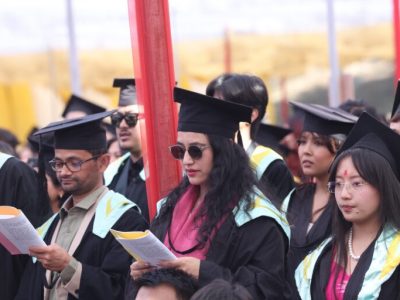Perils of misinformation and disinformation

“We’re going to see… where it comes from, theory from lab, the bats, the type of bat, couldn’t have been here or there, a lot of theories.” This was said by President, Donald Trump. Are you surprised?
I’m not.
In these past four years, it isn’t news that he has easily spread misinformation, and disinformation, in a nonchalant manner. However, it has become evident during this pandemic the problems caused by the dissemination of misinformation and disinformation. While misinformation is a term many of us are familiar with, disinformation may not be. Disinformation is false information that intentionally misleads people.
Misinformation and disinformation are not a new phenomenon. In fact, a prominent example of disinformation is propaganda. Misinformation and disinformation existed before social media, and social media has only intensified the spread. One current example of how social media has worsened the increase of misinformation and disinformation is the COVID-19 pandemic.
Right as COVID-19 was declared a pandemic in March 2020, I had the opportunity of working on a research project regarding misinformation and disinformation spread through tweets. Before the declaration of COVID-19 as a pandemic, the World Health Organization announced an ‘infodemic.’ An ‘infodemic’ is essentially an overwhelming amount of both accurate and inaccurate information.
Our overall data analysis showed how vaccine opponents and proponents add to this ‘infodemic,’ though at very different proportions. During the period my colleague and I annotated the tweets, the largest topic of discussion involved downplaying the danger of COVID-19 by comparing it to the flu. Additionally, in my eyes, it also brought attention to the large magnitude of misinformation. To learn more about our analysis, I do encourage you to read our article.
In twelve days, I looked at more tweets then I thought I could in a lifetime. The time I spent on Twitter was exhausting – from manually assigning Twitter accounts by specific categories to just the sheer amount of time I spent staring at a screen. Even today, the thought of going back on to Twitter brings up memories of how terrifying it was to see blatant misinformation and disinformation. Though, perhaps I shouldn’t have been surprised by what I saw. The commander-in-chief himself is a prime example of intentionally misleading people and twisting facts.
Many of the tweets I saw echoed the sentiment of the quote above. They said that COVID-19 is a hoax, that it is less dangerous than the flu, that COVID-19 was biowarfare, and COVID-19 was intentionally released so people would have to get another vaccine. These are only a few examples. Many had terminology and content that I am not comfortable with writing or saying aloud.
While annotating these tweets, I began to wonder how is it that facts could be distorted so effortlessly and lies are taken as fact so easily. As a student majoring in public health science, I could not comprehend how science was no longer used as evidence for facts, but instead, science had become almost synonymous with opinion.
Honestly, I still can’t wrap my head around this.
That said, right now, we may be used to the mindless spread of misinformation and the deliberate dissemination of disinformation. However, we cannot become accustomed to it. The responsibility is on us to recognize misinformation and to stop its spread. One step I know that everyone can take we should not be using social media to get our news.
We need to remember that misinformation and disinformation are as dangerous as COVID-19.
Facebook Comment
latest Video
Trending News
- This Week
- This Month












